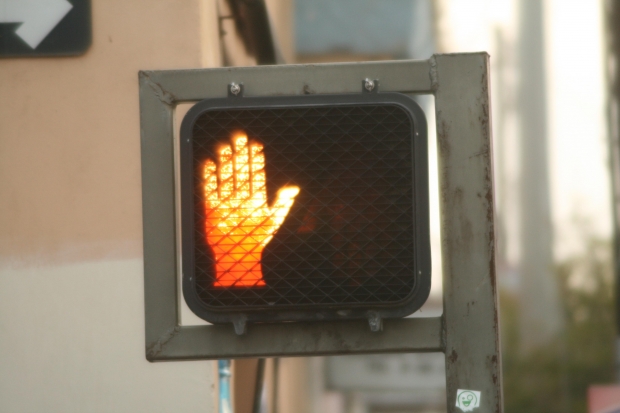Cruise ships off the coast of Florida (and elsewhere) have a well-documented, long-running problem with sexual assaults on board, according to U.S. government data that spurred an NBC News investigation last year. Of the 92 alleged on-board crimes reported by cruise lines in 2016, a total of 62 were sexual assaults. When these occur at…
Continue reading ›Articles Posted in injury attorney
One out of every three young adults has recently ridden in a vehicle with a driver who was impaired by drugs. That’s according to a recent analysis by researchers at Colorado State University, with findings published in the Journal of Studies on Alcohol and Drugs. Furthermore, the study shows that for the first time, youth…
Continue reading ›Your auto insurance policy is a contract. It outlines your rights and your obligations, and as long as it isn’t ambiguous or contrary to public policy, the terms of it are most likely binding. One of the common terms is the obligation of insured to cooperate with the investigation. This does not mean you are…
Continue reading ›A recent report by Harvard Medical School revealed the rate of medical malpractice claims paid out in the U.S. has dropped substantially over the last 20 years – by 56 percent. Meanwhile, the average payout for successful claims has climbed by nearly 25 percent, reaching about $353,000 between 2009 and 2014, up from about $287,000…
Continue reading ›Recently, three tourists were injured in Fort Lauderdale after they were struck by a vehicle on Dania Beach Road. All three were family members on vacation from Utah. All were seriously injured, and one lost her foot. According to news reports, the trio were reportedly walking back to their hotel along Southwest 42nd Street after…
Continue reading ›Every year, thousands of people in the U.S. die in distracted driving accidents – 3,400 in 2015, to be exact. While most states, including Florida, have some type of law on the books that aims to curb these incidents. But there are plenty of traffic safety advocates who say these measures aren’t doing enough. Just…
Continue reading ›The National Highway Traffic Safety Administration is proposing a rule that would accelerate the kind of vehicle-to-vehicle technology that would allow cars to “talk” to one another, and ultimately prevent accidents. Under the proposed rule, all new cars and like trucks would communicate wirelessly not just with one another, but with traffic lights and other…
Continue reading ›The holidays are a time to spend with family and loved ones and celebrate the season. People especially look forward to New Year’s Eve and the chance to start all over again with a clean slate. But sadly, for far too many people, New Year’s is a time of endings. That’s because there is a…
Continue reading ›A man who successfully sued a hotel chain and several other defendants for third-party liability stemming from a criminal attack at a hotel has now won another victory for attorney’s fees before the Florida Supreme Court. At issue was F.S. 768.79 and whether a trio of defendants – named as one entity in jury instructions…
Continue reading ›If a worker is struck by an under-insured driver while on-the-job, it can result in a unique situation for compensation. As you probably know, most injuries that arise out of the course and scope of employment are going to be covered by workers’ compensation benefits. However, it can get a bit thorny if you settle…
Continue reading ›


















